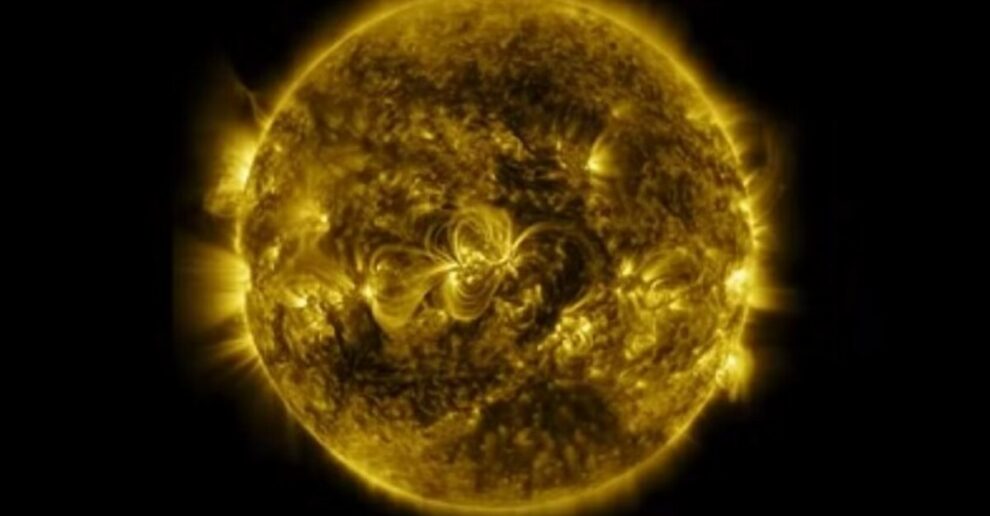NASA has released captivating visuals showcasing the emission of a powerful solar flare from the sun, Fox Weather reported.
Strong solar flare from the sun captured by NASA’s Solar Dynamics Observatory
This remarkable event was recorded on June 20, 2023, at 1:09 p.m. EDT by NASA’s Solar Dynamics Observatory, a continuous observer of the Sun. The captured image showcases a particular range of extreme ultraviolet light, emphasizing the intensely hot substance within solar flares.
The flare has been classified as an X1.0 flare, signifying its significant intensity within the X class, albeit on the lower end.
Solar flares are energetic outbursts that manifest as localized bursts of luminosity on the Sun’s surface. These explosions result from the rapid release of magnetic energy accumulated in the Sun’s atmosphere, as explained by NASA.
The Sun emitted a strong solar flare on June 20, 2023, peaking at 1:09 ET. NASA’s Solar Dynamics Observatory captured an image of the event, which was classified as X1.0. https://t.co/MJlwm6sEf2 pic.twitter.com/bthw1LYKMM
— NASA Sun & Space (@NASASun) June 20, 2023
This released energy traverses a staggering distance of approximately 93 million miles to reach Earth, where it can impact our technological infrastructure. Solar flare radiation has the potential to disrupt long-range radio signals, impair satellites, and damage other instruments.
For instance, on February 17, an X2.2 solar flare caused a notable “strong radio blackout” on Earth, according to the Space Weather Prediction Center (SWPC) of the National Oceanic and Atmospheric Administration (NOAA). This radio blackout registered a rating of 3 out of 5 on the SWPC radio blackout scale.
The impact of the record-breaking X28 solar flare in 2003
The historical significance of an exceptionally powerful solar flare cannot be overstated. In the autumn of 2003, NASA documented an astounding X28 flare, which unleashed particles that bombarded various instruments in the vicinity of Earth.
This bombardment, ranking at the highest level of 5 on the SWPC scale, had significant consequences. Satellite engineers were compelled to activate safe mode for certain satellites as a precautionary measure, as confirmed by NASA. Furthermore, astronauts aboard the International Space Station were advised to seek shelter due to the heightened levels of radiation.
